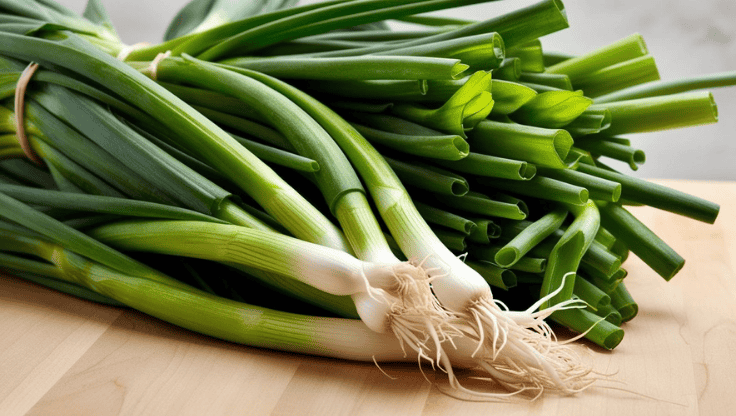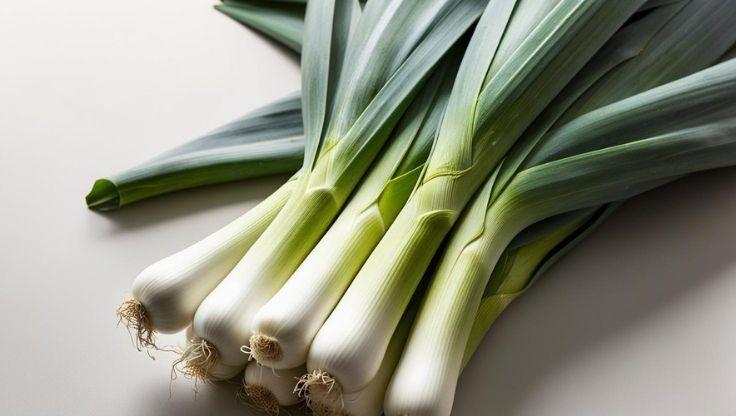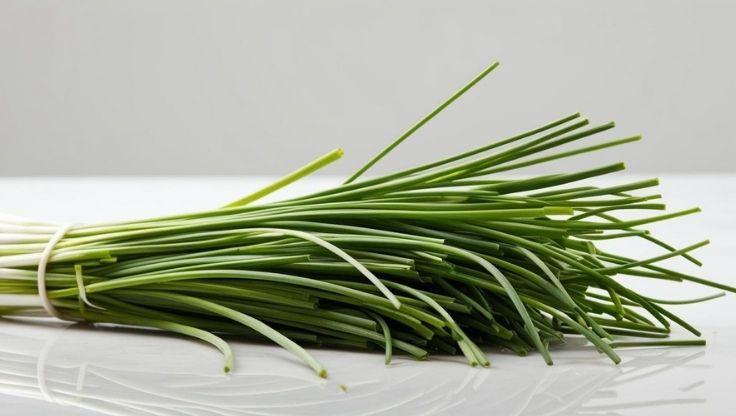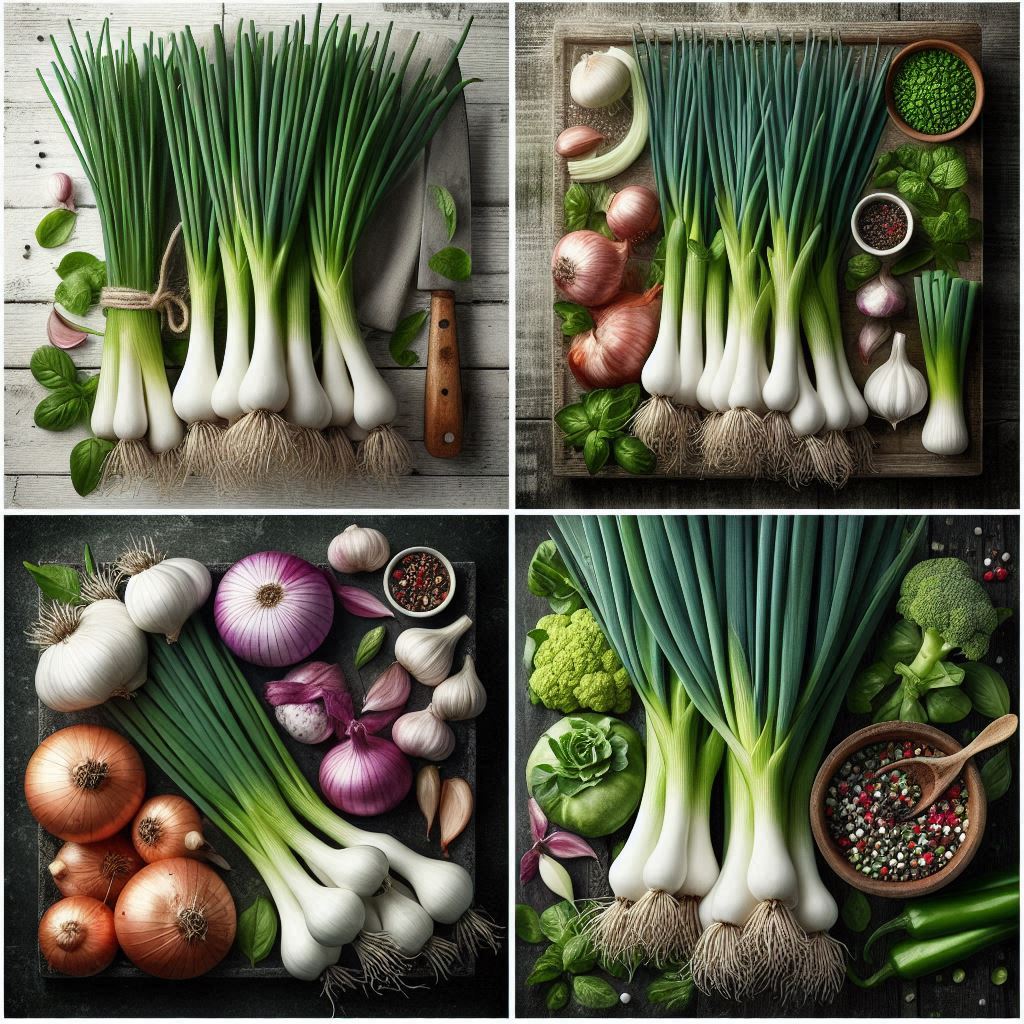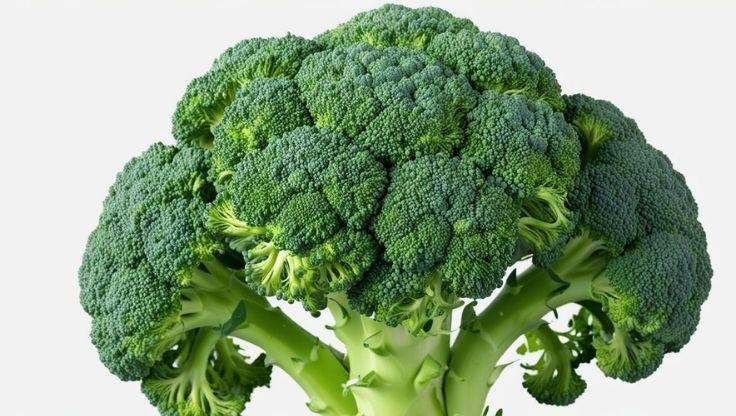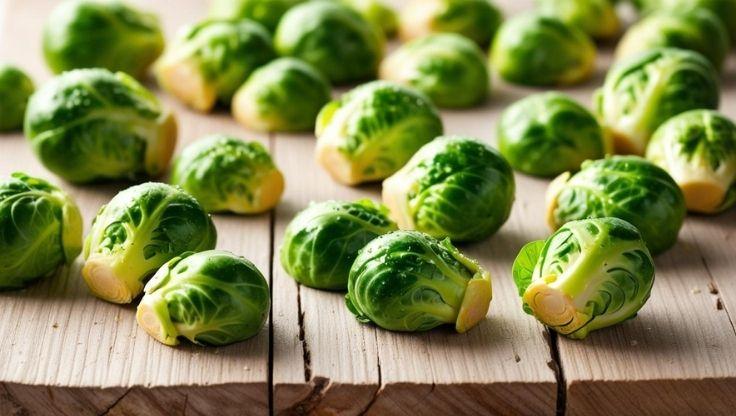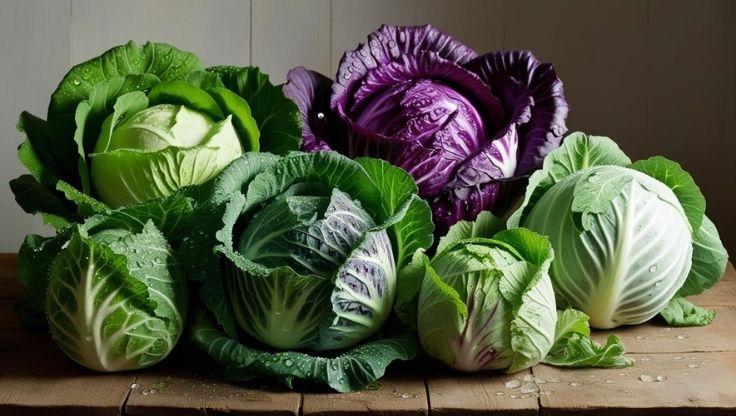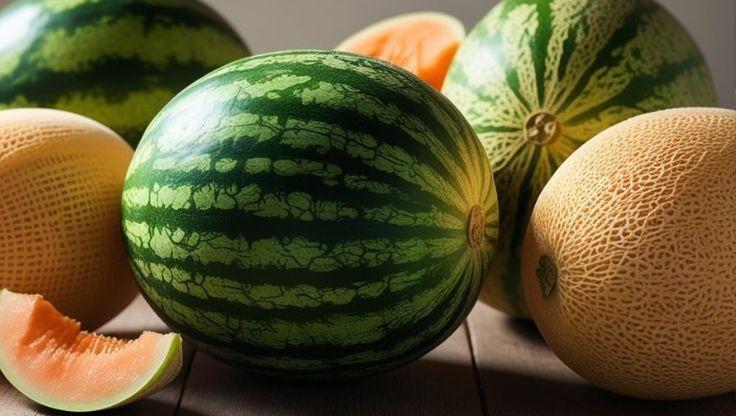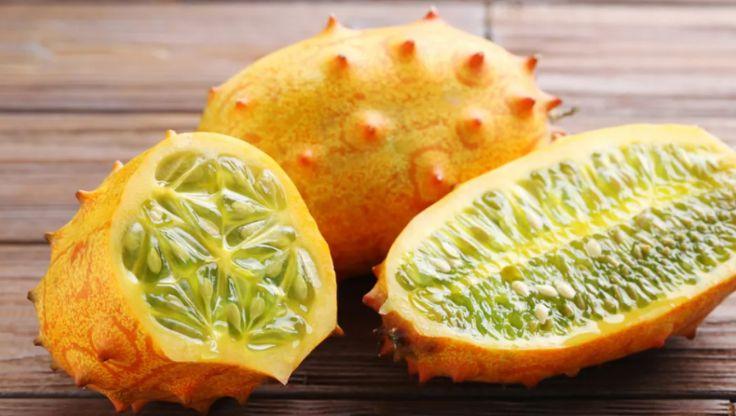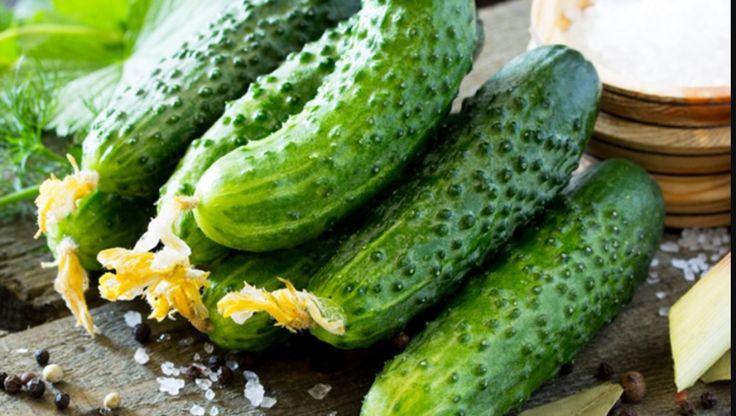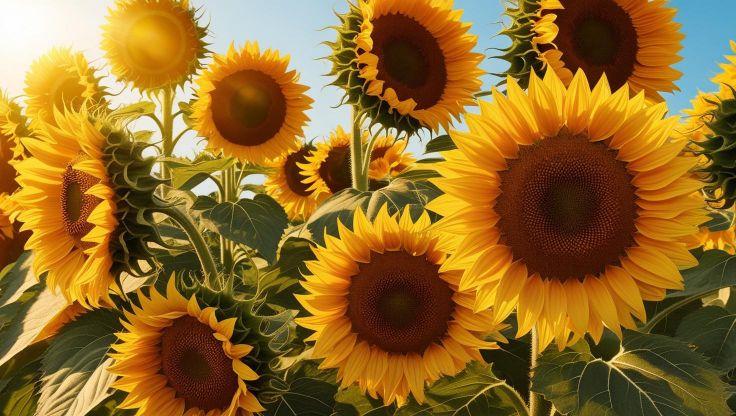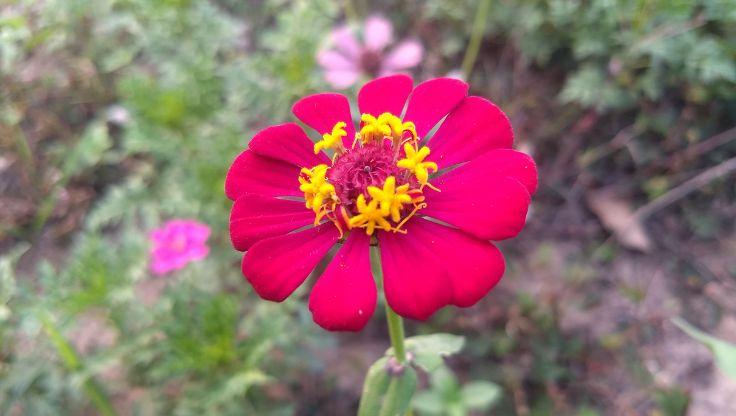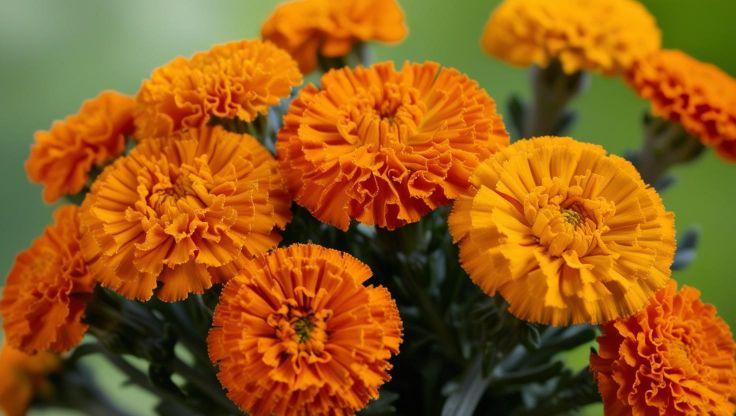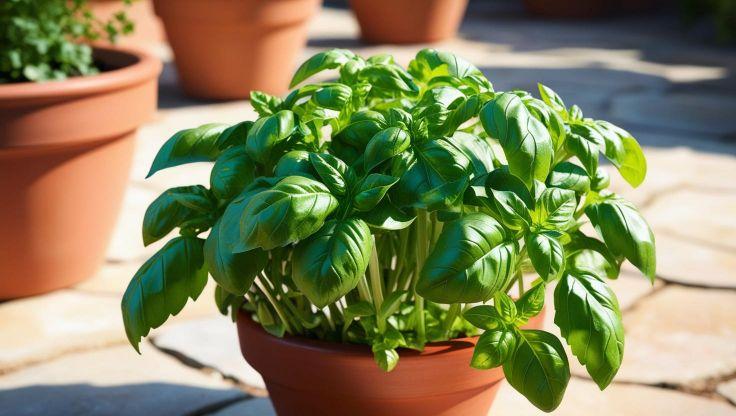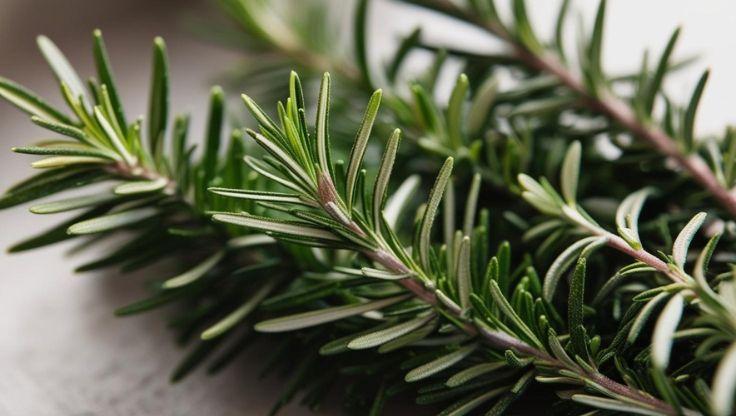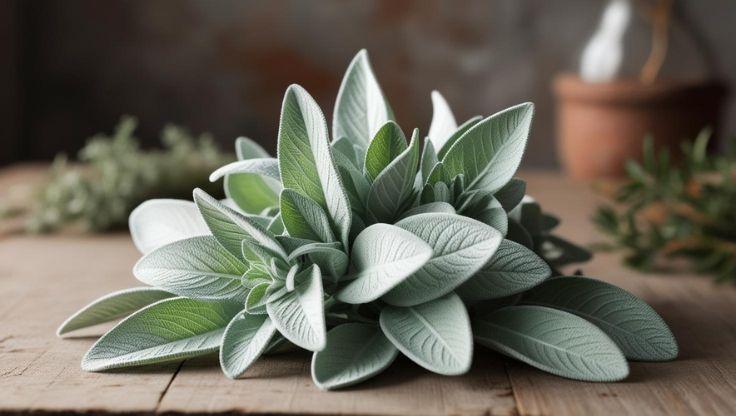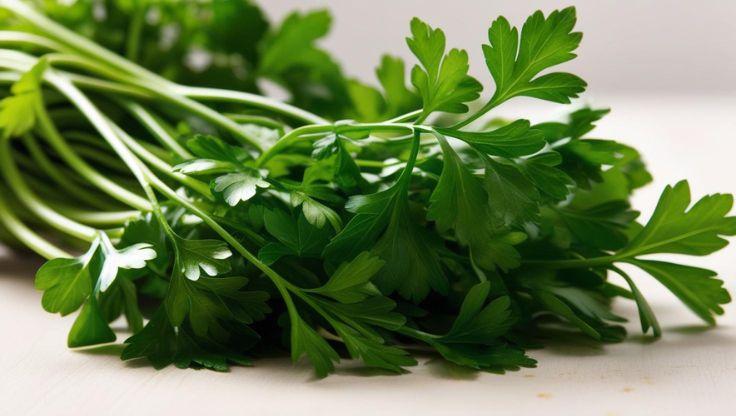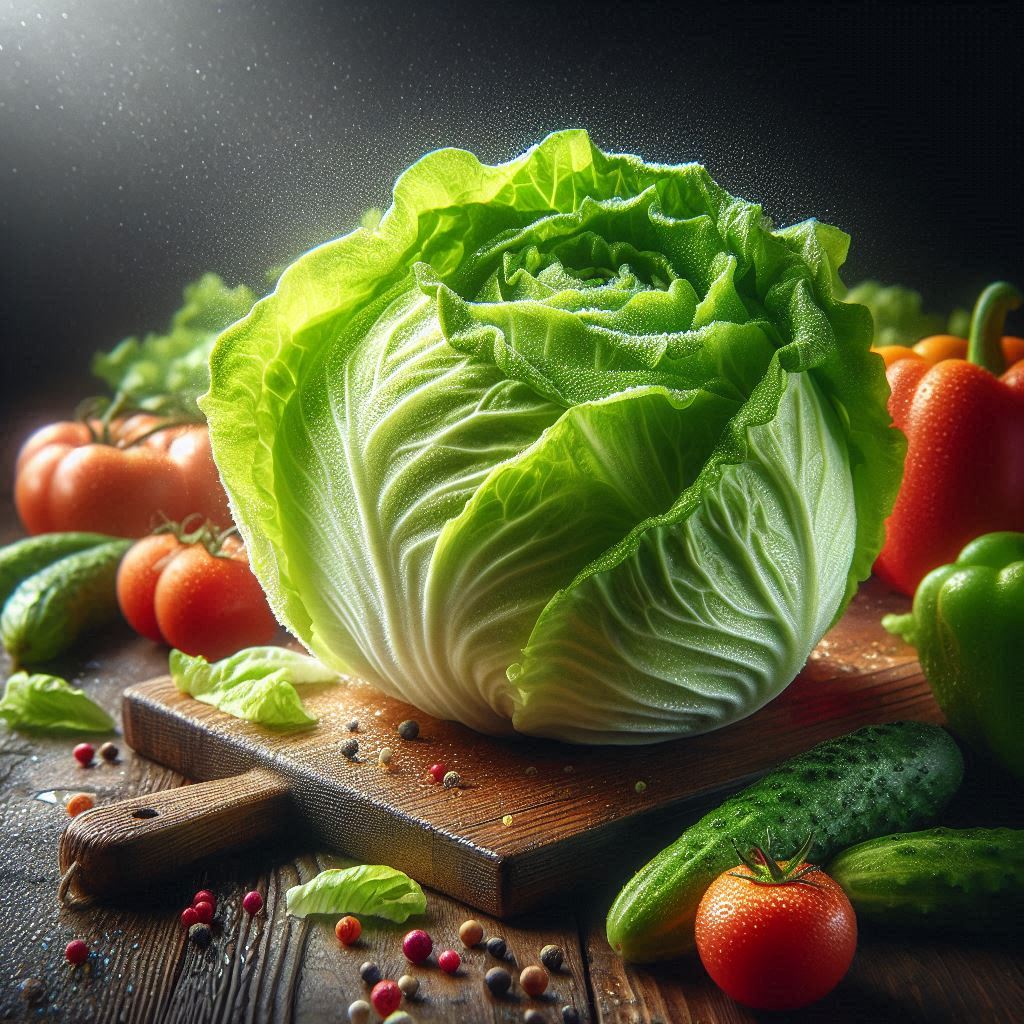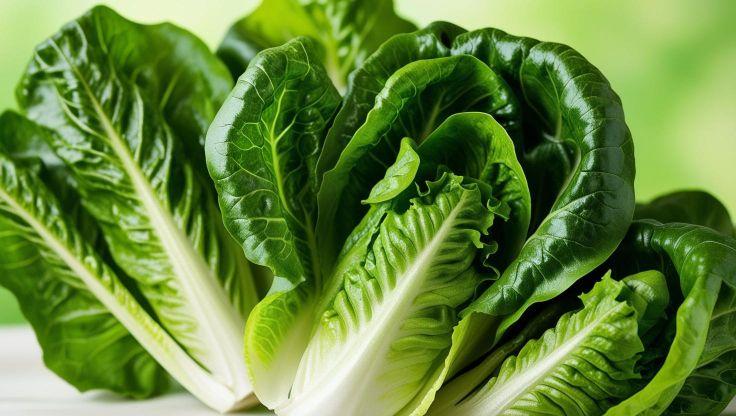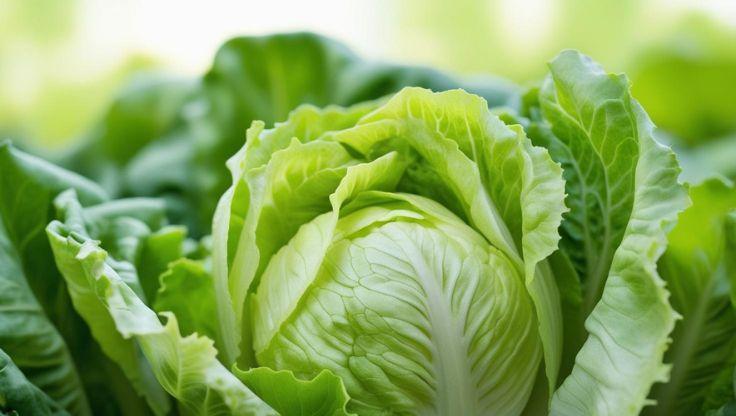Growing Kohlrabi the Hydroponic Way: A Fresh Take on Hydroponic Plants and Vegetables
Kohlrabi (Brassica oleracea var. gongylodes) is a versatile vegetable packed with nutrients and known for its mild, sweet taste and distinctive bulbous stem. As part of the cabbage family, kohlrabi has become a popular choice for hydroponic cultivation, where hydroponic plants flourish in precisely controlled environments. Growing kohlrabi hydroponically ensures optimal nutrient delivery, leading to faster growth and healthier vegetables compared to traditional soil-based methods.

Hydroponic Growing Conditions for Kohlrabi
Optimal pH and EC Levels
Maintaining precise pH and electrical conductivity (EC) levels is crucial for hydroponic kohlrabi cultivation. The ideal pH range is 5.8–6.5, ensuring efficient nutrient uptake and preventing deficiencies. Additionally, EC levels between 1.5–2.5 mS/cm support balanced mineral absorption, promoting steady bulb development and overall plant health.
Regular monitoring and adjustments are necessary, as fluctuations in pH or EC can impact growth rates. Young seedlings may benefit from slightly lower EC levels to encourage root establishment before transitioning to higher concentrations for optimal nutrient absorption.
Light, Temperature, and Humidity Requirements
Kohlrabi thrives under 12–16 hours of full-spectrum LED lighting, which supports consistent photosynthesis and robust vegetative growth. The recommended temperature range for hydroponic kohlrabi is 15–25°C, ensuring steady metabolic activity and preventing stress-related growth issues.
Maintaining humidity levels between 60–70% is essential to prevent dehydration and promote healthy foliage. Excessively low humidity can lead to leaf curling, while overly high humidity increases the risk of fungal infections such as powdery mildew.
Best Hydroponic Systems for Kohlrabi
Several hydroponic systems efficiently support kohlrabi growth, each offering unique advantages:
- Nutrient Film Technique (NFT) – Provides a continuous flow of nutrient-rich water, ensuring efficient root hydration and nutrient absorption.
- Deep Water Culture (DWC) – Immerses roots in a nutrient solution, promoting rapid development and moisture retention.
- Aeroponics – Delivers nutrients via misted solutions, enhancing oxygen availability and accelerating growth rates.
Selecting the appropriate hydroponic system depends on space availability, resource management, and desired yield efficiency. Each method offers distinct benefits, making hydroponic kohlrabi cultivation adaptable to various growing conditions.
Nutrient Solutions and Water Management
Hydroponic kohlrabi depends on essential nutrients such as nitrogen, phosphorus, potassium, calcium, and magnesium for healthy bulb formation. Effective pH regulation, oxygenation, and temperature control contribute to optimal plant development.
Regular water quality monitoring ensures nutrient balance and prevents deficiencies. Adjusting electrical conductivity (EC) levels optimizes nutrient absorption, supporting vigorous growth and high-yield production.
Cultivation Methods for Hydroponic Kohlrabi
Germination and Seedling Development
Kohlrabi seeds typically germinate within 5–7 days, provided they are maintained at an optimal temperature range of 18–22°C (65–72°F). During this stage, consistent moisture and proper airflow are essential to prevent fungal infections. As seedlings develop, they require adequate light exposure (12–16 hours daily) and a balanced nutrient solution to support early root and leaf formation.
Once seedlings establish strong root systems, they are ready for transplantation into hydroponic systems. At this stage, their roots are sufficiently developed to absorb nutrients efficiently, ensuring a smooth transition to a soil-free environment.
Growth and Maturity Timeline
After being transferred to a hydroponic system, kohlrabi reaches maturity within 45–60 days, depending on the variety and environmental conditions. Early cultivars, such as Purple Vienna and White Vienna, can be harvested in 45–50 days, while later-maturing varieties, like Grand Duke, may require up to 60 days.
The entire seed-to-harvest cycle lasts approximately 50–70 days, influenced by factors such as light intensity, temperature stability, and nutrient availability. Proper spacing—typically 1–2 seeds per hole—ensures uniform bulb development and prevents overcrowding, which can lead to stunted growth.
Environmental Management for Optimal Yield
Managing environmental factors is crucial to preventing growth deformities and nutrient deficiencies. To mitigate these risks, growers should:
- Maintain consistent temperatures between 15–25°C (59–77°F).
- Regulate humidity levels between 60–70% to prevent dehydration.
- Optimize nutrient balance, ensuring sufficient nitrogen, potassium, and phosphorus for steady bulb expansion.
By implementing these strategies, hydroponic kohlrabi growers can achieve high-quality yields with nutrient-dense, flavorful bulbs year-round
Uses and Benefits of Hydroponic Kale
Culinary Applications
Hydroponically grown kale is a highly versatile vegetable, commonly used in salads, smoothies, stir-fries, and soups. Its crisp texture and nutrient density make it a staple in health-conscious diets. When roasted, kale develops a rich, slightly nutty flavor, making it an excellent side dish. Additionally, baked kale chips serve as a nutritious alternative to processed snacks.
Kale is also widely incorporated into plant-based diets, serving as a nutrient-dense ingredient in vegan pasta sauces, grain bowls, and green juices. Its adaptability in different cuisines makes it a valuable ingredient for both home cooks and professional chefs.
Health Benefits
Hydroponic kale is packed with essential nutrients, including vitamin A, vitamin C, vitamin K, fiber, and antioxidants, which contribute to immune function, digestion, and bone strength. Its high fiber content supports gut health, aiding digestion and promoting satiety, making it beneficial for weight management.
Additionally, kale contains glucosinolates, compounds known for their anti-inflammatory and cancer-preventive properties. Studies suggest that regular consumption of cruciferous vegetables like kale may lower the risk of chronic diseases, including heart disease and diabetes.
Sustainability Advantages
Hydroponic farming offers significant environmental benefits compared to traditional soil-based cultivation. Water usage is reduced by up to 90%, as hydroponic systems recycle and optimize nutrient solutions. Furthermore, the absence of soil eliminates the risk of soil-borne diseases, reducing the need for chemical treatments.
The controlled environment also minimizes pesticide use, ensuring cleaner and safer produce. Additionally, hydroponic systems allow for year-round cultivation, reducing reliance on seasonal availability and improving food security.
Challenges and Solutions in Hydroponic Kohlrabi Cultivation
Common Pests and Their Management
Despite the controlled environment of hydroponic systems, kohlrabi remains vulnerable to certain pests that can hinder growth and reduce yield. Implementing proactive pest management strategies is essential for maintaining plant health.
- Aphids – These small insects feed on plant sap, causing curled leaves and stunted growth. They can be managed using neem oil, insecticidal soap, or introducing beneficial insects like ladybugs to naturally control infestations.
- Thrips – These tiny pests damage leaves by sucking out nutrients, leading to discoloration and reduced photosynthesis. Regular monitoring and the use of sticky traps or organic sprays can help mitigate their impact.
Disease Prevention and Environmental Control
Hydroponic kohlrabi is susceptible to fungal infections, particularly in high-humidity environments. Proper ventilation and humidity regulation are crucial to preventing disease outbreaks.
- Fungal Infections – Excessive moisture can lead to mold formation and root rot. Ensuring adequate airflow, maintaining humidity levels between 60–70%, and using antifungal treatments can help prevent these issues.
- Root Rot – Caused by stagnant water and poor oxygenation, root rot can be avoided by maintaining proper drainage, oxygenating the nutrient solution, and using disease-resistant rootstocks.
Growth Issues and Optimization Strategies
Hydroponic kohlrabi requires precise environmental management to optimize growth and prevent stress-related issues. Adjusting key factors such as light, temperature, and nutrient balance ensures healthy development.
- Yellowing Leaves – Often a sign of nutrient imbalances, particularly nitrogen deficiency. Adjusting nitrogen levels in the nutrient solution ensures strong leaf formation and vibrant plant health.
- Slow Growth – Insufficient light exposure can lead to delayed development. Increasing light intensity to 12–16 hours daily using full-spectrum LED lighting promotes steady growth and bulb formation.
Research for expert insights
For expert insight and valuable information, check out the following comprehensive articles:
|
Company Name |
Article Title |
Article Link |
|---|---|---|
|
Jeju National University |
Optimal Cultivar Selection of Kohlrabi for Hydroponics Culture in a Closed-type Plant Factory System |
|
|
ResearchGate |
Plant Growth Promoting Bacteria for Aquaponics as a New Strategy That Grants Quality and Nutrient Efficiency in Kohlrabi Cultivation |
Their detailed analysis provides in-depth knowledge, making them an excellent resource for readers who want to expand their understanding.


